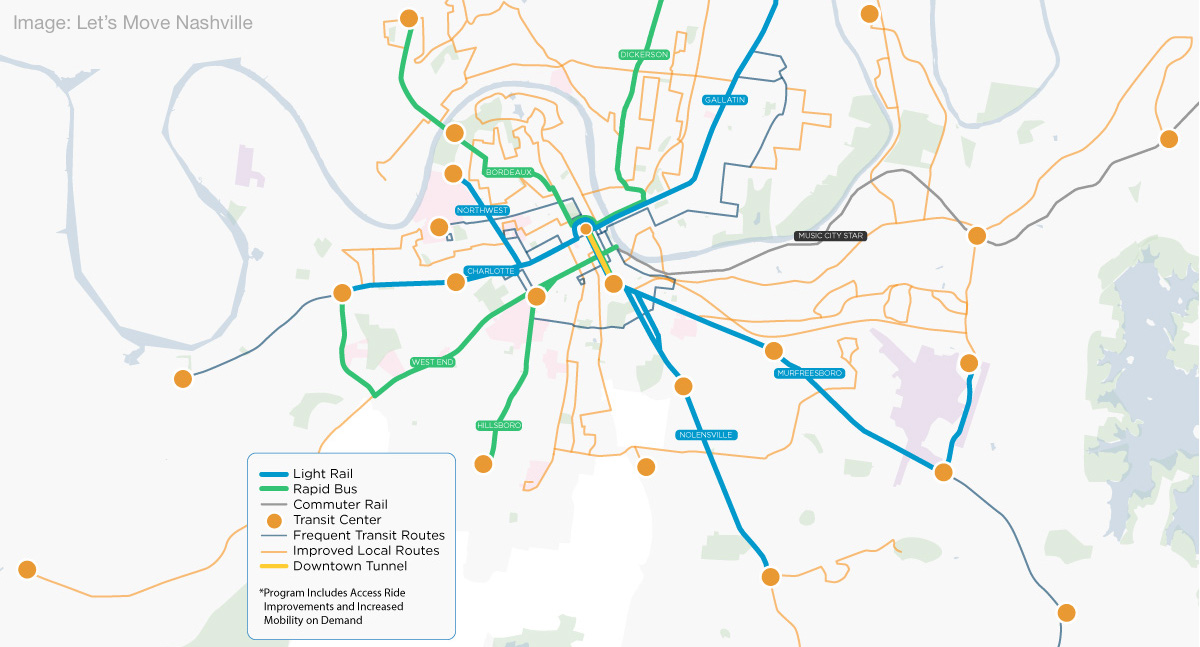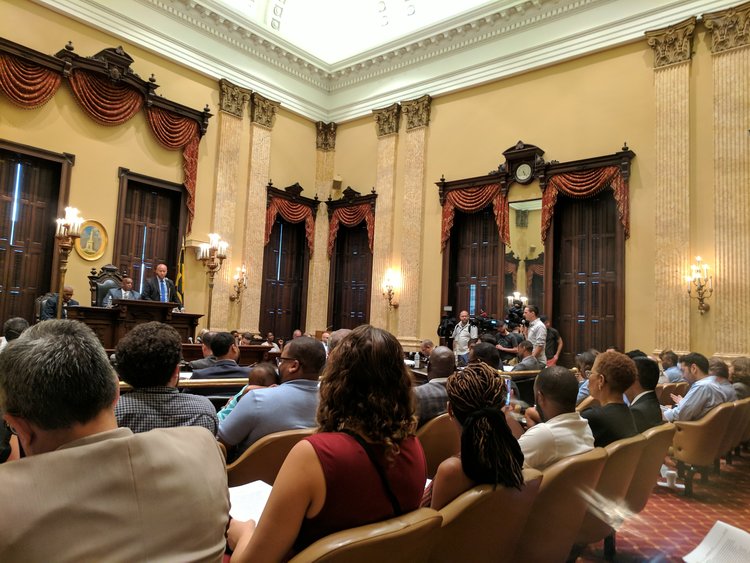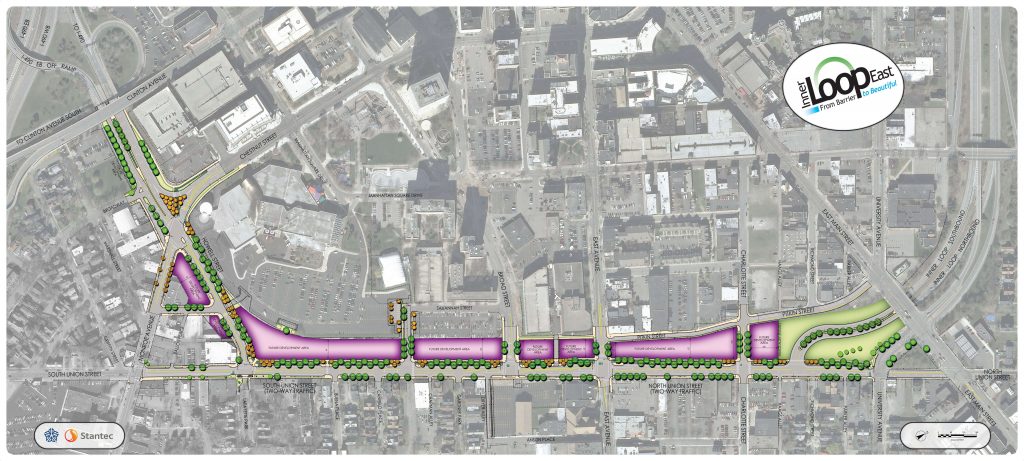What did we learn at Intersections last week? Personal reflections from our staff

Before the Intersections conference in Nashville last week, some people might have been scratching their heads at the idea of a conference bringing together artists with transportation experts. But once the conference started, everyone keyed in on how much they could learn from one another and what they could accomplish together. Here are a few personal reflections from our staff about Intersections: Creating Culturally Complete Streets.
 Our Intersections conference, heading into its second day in Nashville today, is helping to show hundreds of local advocates and policymakers how arts and culture can help contribute to building safer, more complete streets that better serve—and reflect—the local community.
Our Intersections conference, heading into its second day in Nashville today, is helping to show hundreds of local advocates and policymakers how arts and culture can help contribute to building safer, more complete streets that better serve—and reflect—the local community. This year we’re highlighting 12 of the best Complete Streets initiatives, projects, and champions around the country in lieu of our typical annual Best Complete Streets Policies report. The Best Complete Streets Initiatives of 2017 celebrates the people and communities that are setting an example for implementation and equity in Complete Streets which are an important part of the new Complete Streets grading framework that will take effect next year.
This year we’re highlighting 12 of the best Complete Streets initiatives, projects, and champions around the country in lieu of our typical annual Best Complete Streets Policies report. The Best Complete Streets Initiatives of 2017 celebrates the people and communities that are setting an example for implementation and equity in Complete Streets which are an important part of the new Complete Streets grading framework that will take effect next year. On May 1, residents in Nashville will be voting on a $5.2 billion proposal to dramatically improve and expand the city’s transit system with improved frequency on existing lines, new BRT routes, and a new light rail system. Our upcoming conference, Intersections: Creating Culturally Complete Streets, is happening right in the midst of this once-in-a-generation conversation.
On May 1, residents in Nashville will be voting on a $5.2 billion proposal to dramatically improve and expand the city’s transit system with improved frequency on existing lines, new BRT routes, and a new light rail system. Our upcoming conference, Intersections: Creating Culturally Complete Streets, is happening right in the midst of this once-in-a-generation conversation.



